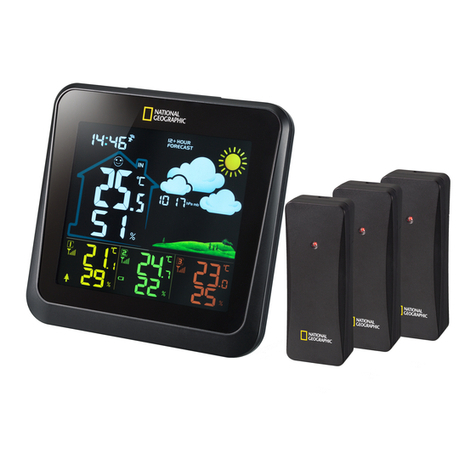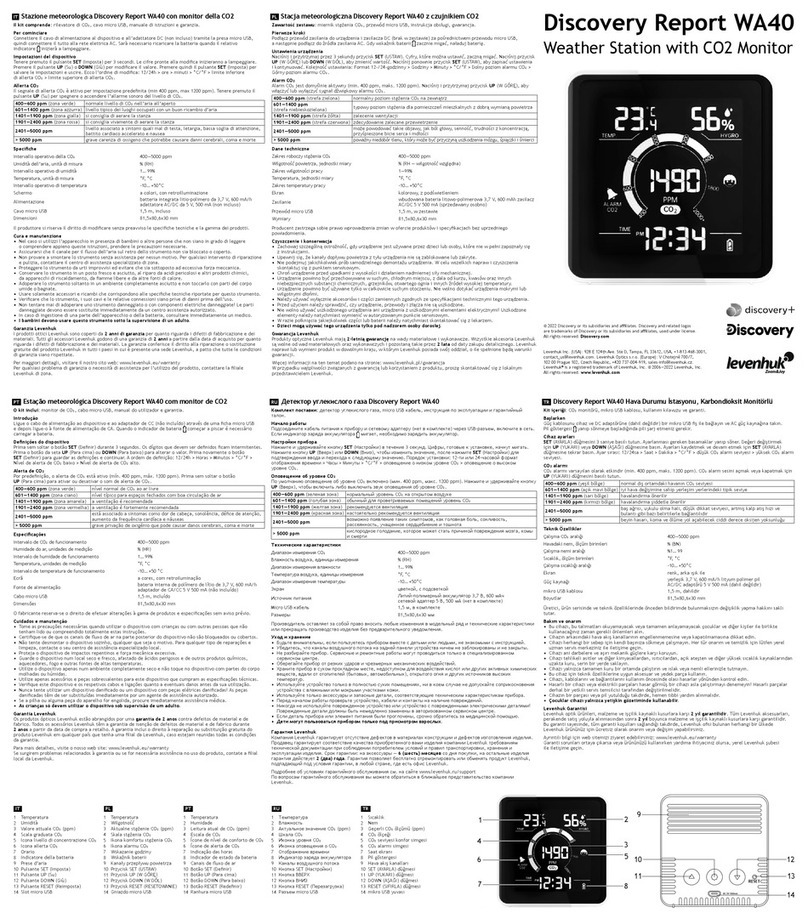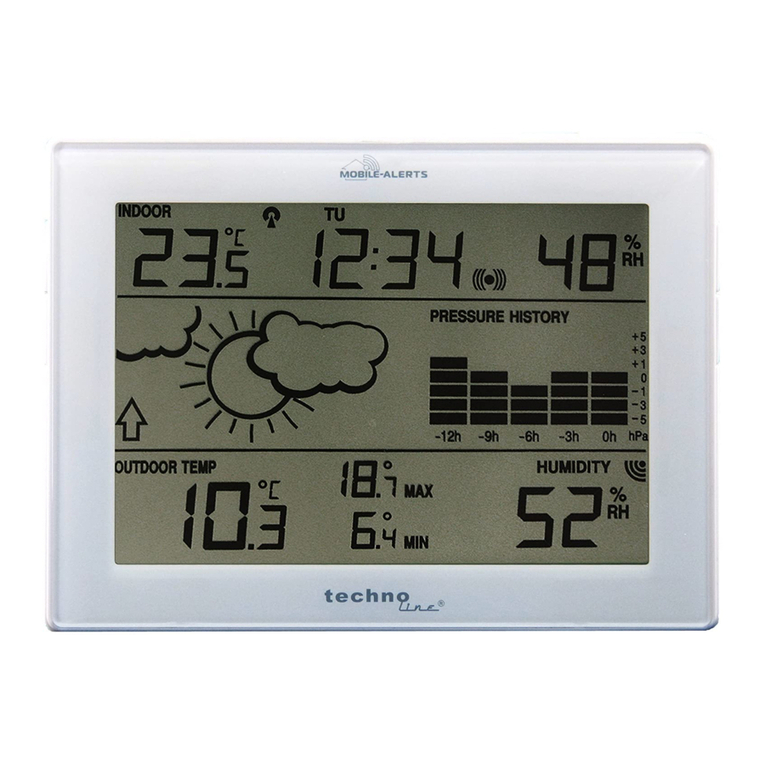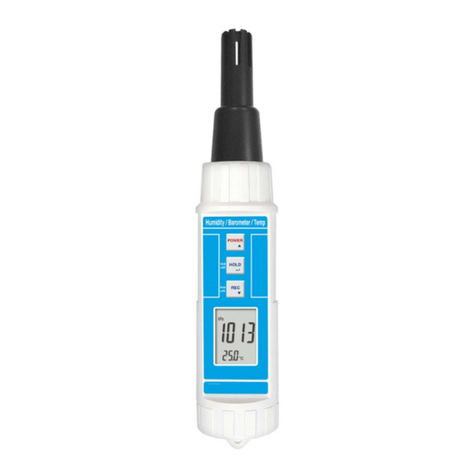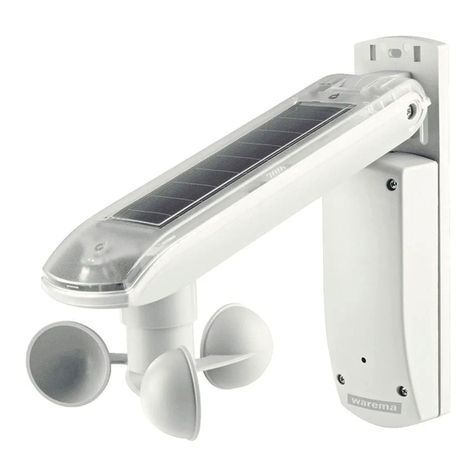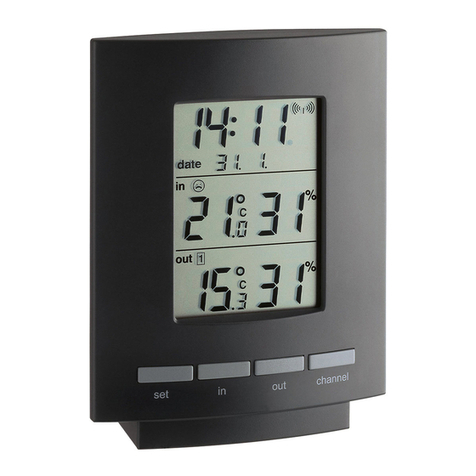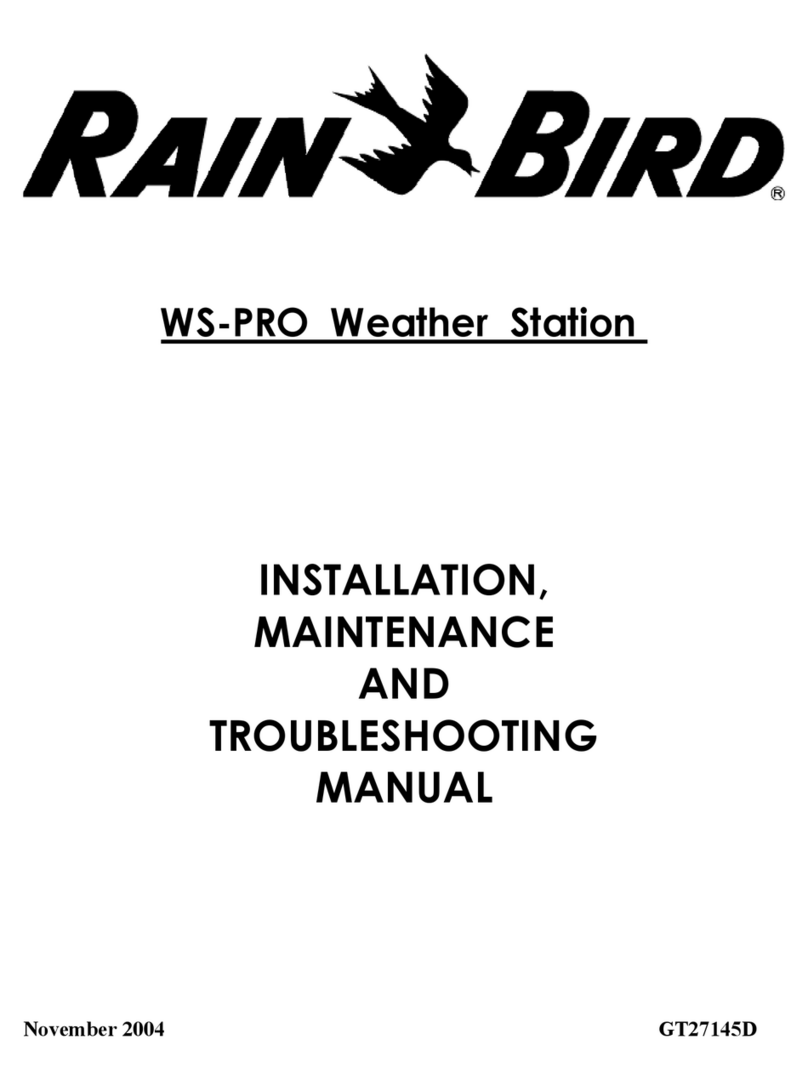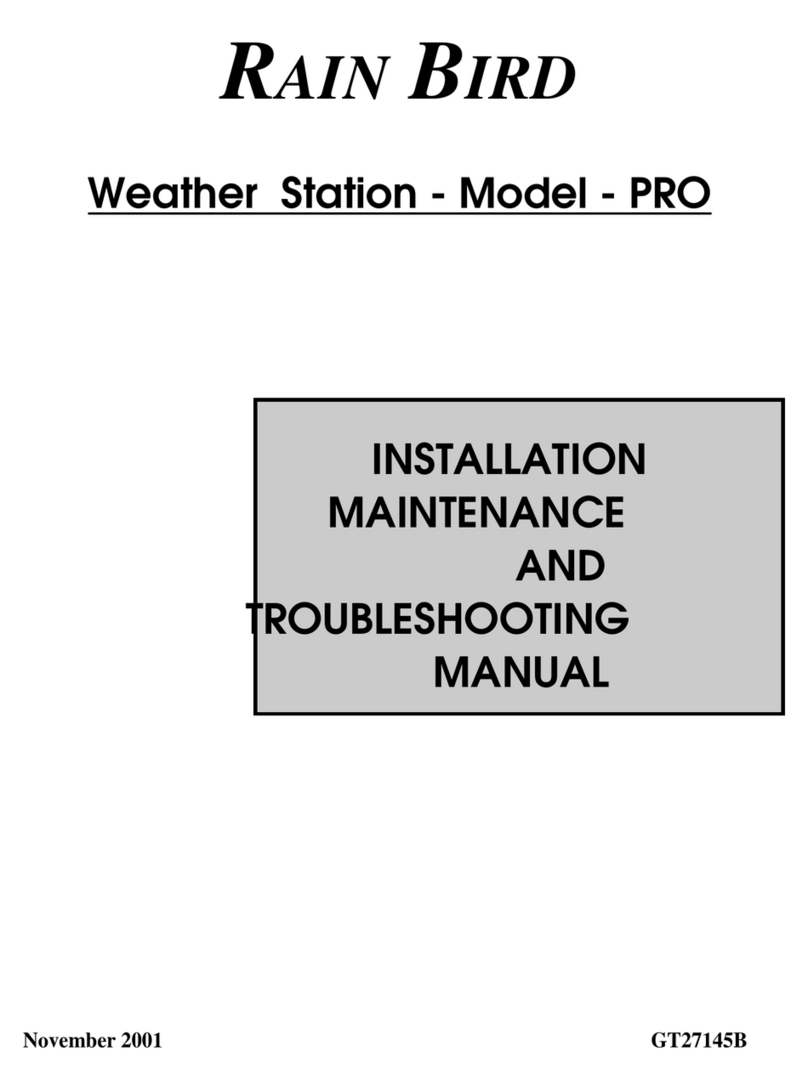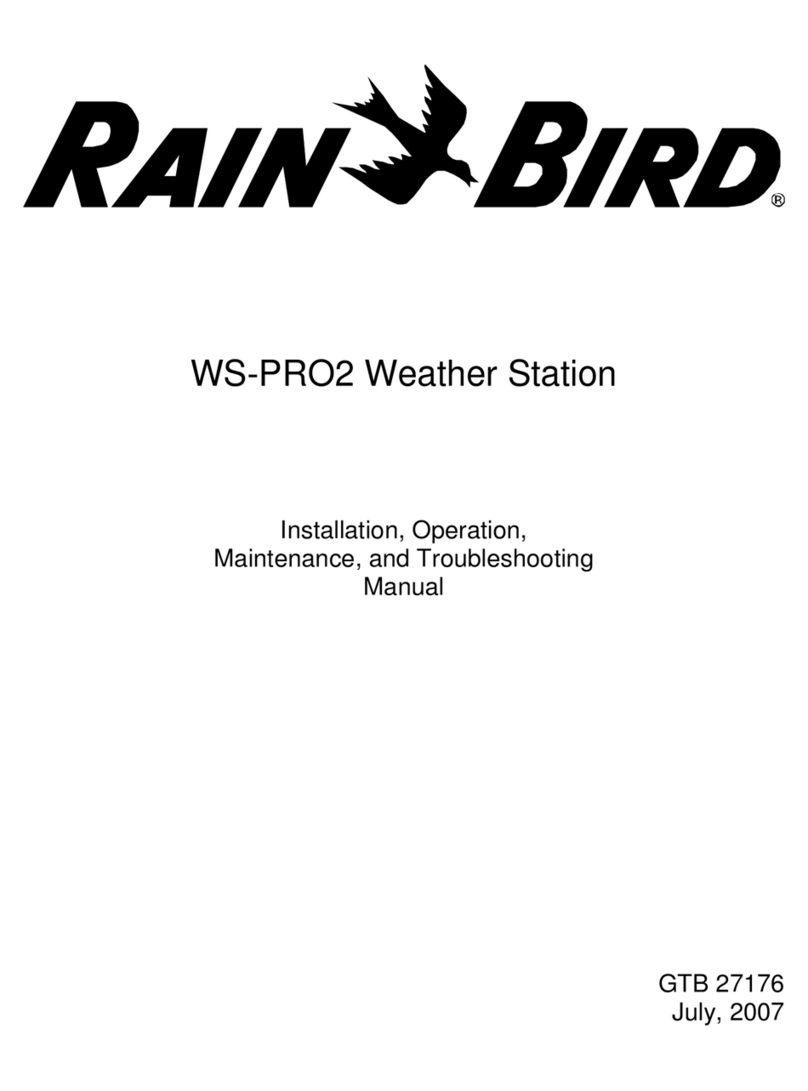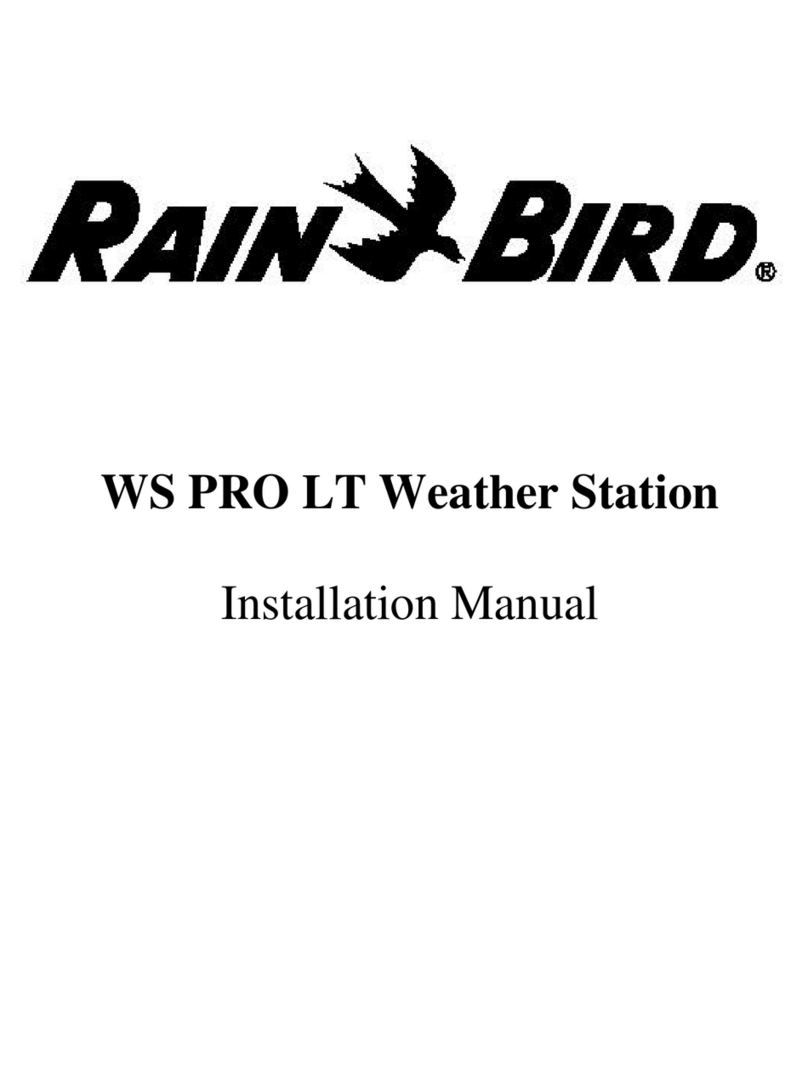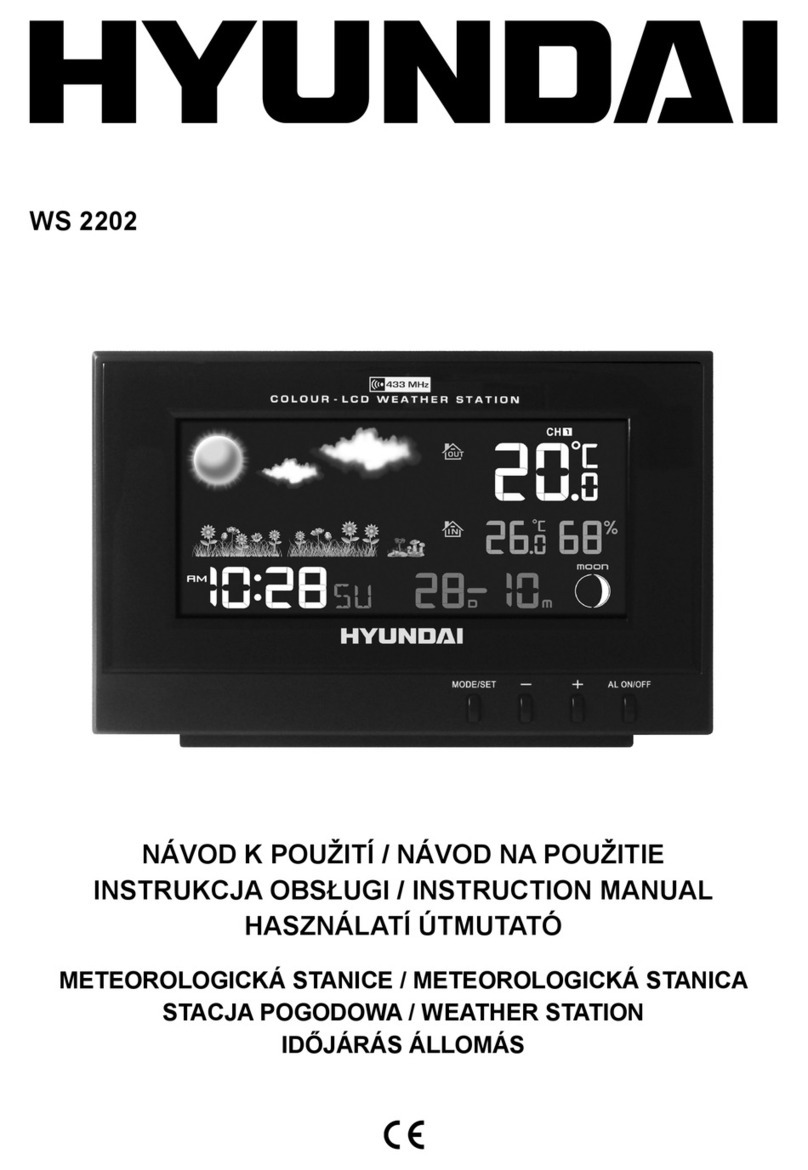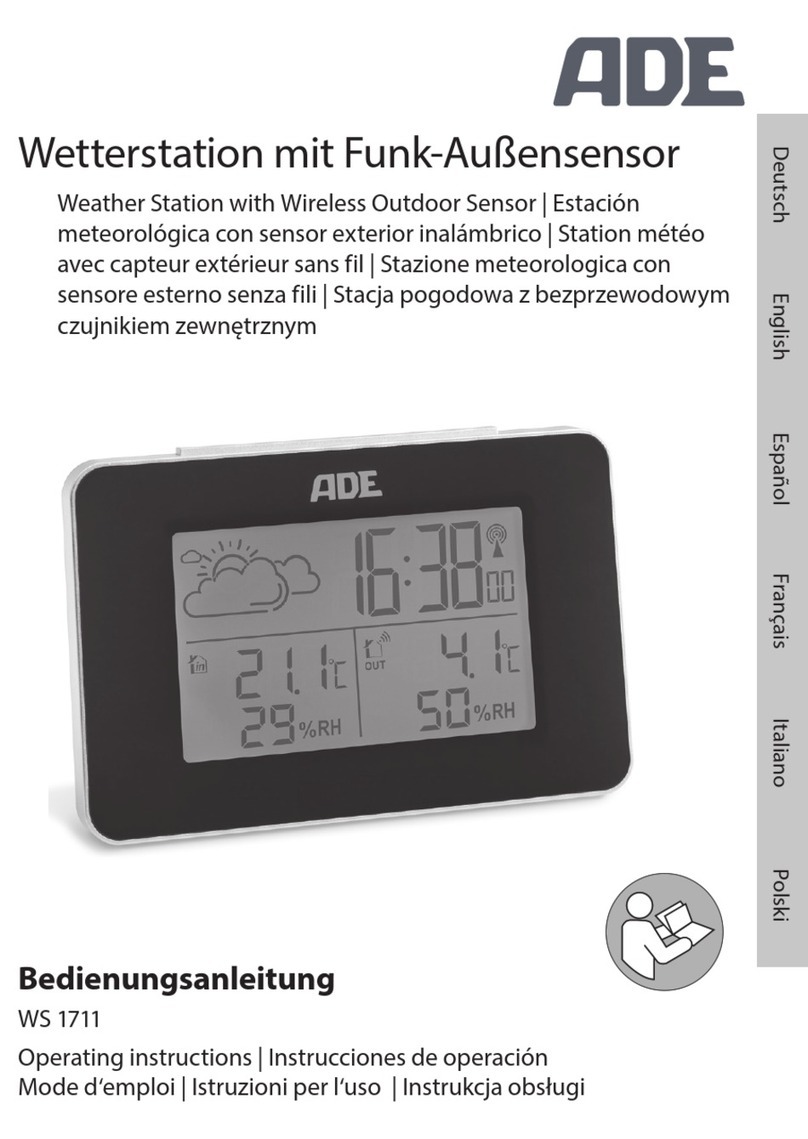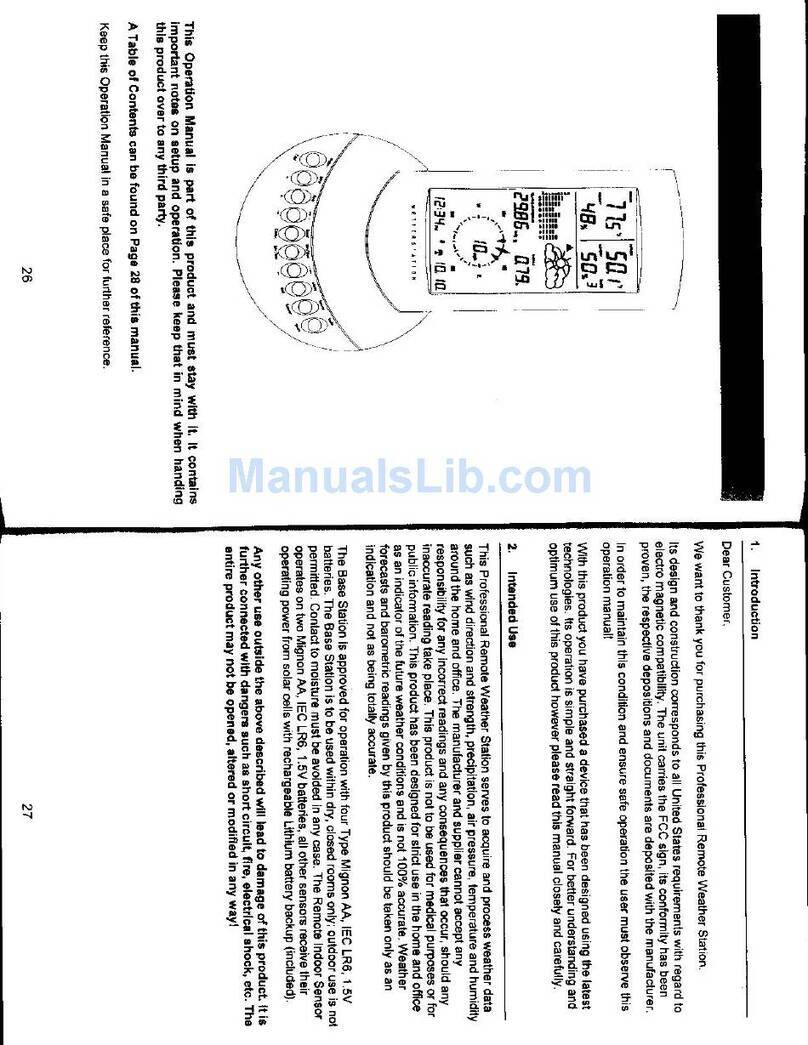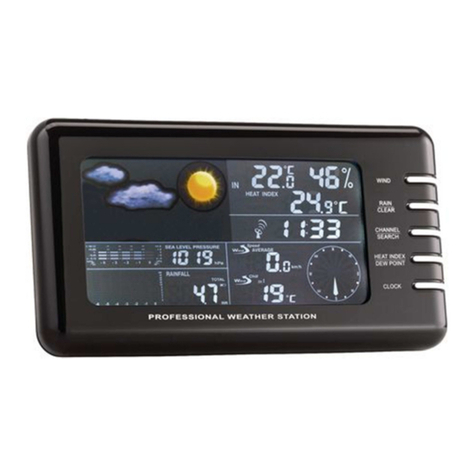
6.7.2 Phone modem 36
6.7.2.1 Internal installation of phone modem 37
6.7.2.2 External installation of phone modem 38
6.7.3 Short-haul modem 38
6.7.3.1 Internal installation of short haul modem 38
6.7.3.2 External installation of short haul modem 40
6.7.4 Radio 41
6.7.4.1 Example radio configuration and power usage 42
6.7.4.2 Internal installation of the radio 42
6.7.4.3 External installation of the radio 44
6.7.4.4 Base radio installation 50
6.7.5 WS-PRO2 cell phone accessory kit 51
6.7.5.1 Cellular modems available from Campbell Scientific 51
6.7.5.2 Power considerations 52
6.7.5.3 Antenna 52
6.7.5.4 Establishing cellular service and configuring the cellular modem 52
6.7.5.5 Internal installation of the cellular modem 52
6.7.5.6 External installation of a cellular modem 53
6.7.6 NL241 Wi-Fi accessory kit 55
6.7.6.1 Antenna 55
6.7.6.2 Power considerations 55
6.7.6.3 Internal installation of Wi-Fi modem 55
6.7.6.4 External installation of the Wi-Fi modem 56
6.8 Lightning rod installation 57
6.9 Solar panel installation 59
6.10 Battery installation 61
6.11 Restraining cables 62
6.12 Sealing and desiccating the enclosure 63
6.13 WS-PRO2 software 64
7. Maintenance and troubleshooting 65
7.1 Maintenance 65
7.1.1 Pole maintenance 65
7.1.2 Power supply maintenance 65
7.1.3 Desiccant 66
7.1.4 Sensor maintenance 66
7.1.4.1 Procedure for removing RH chip 69
Table of Contents - ii
